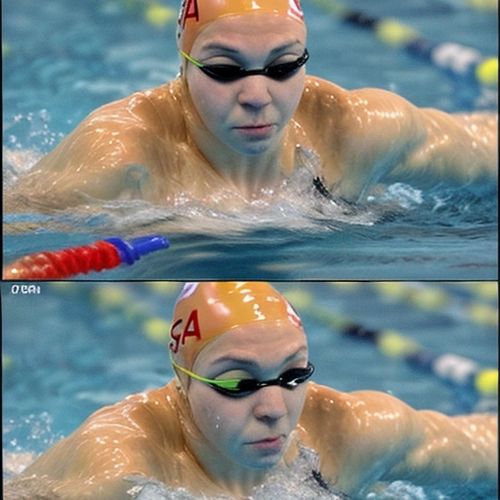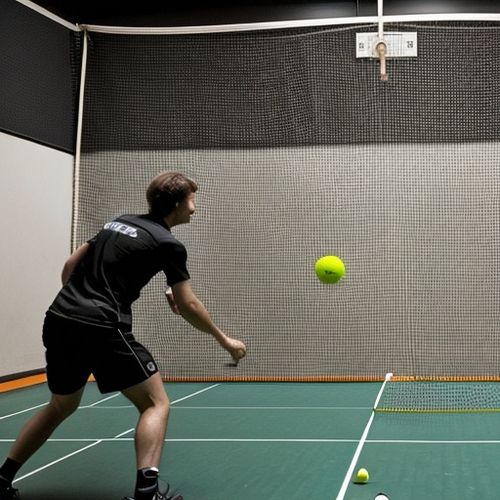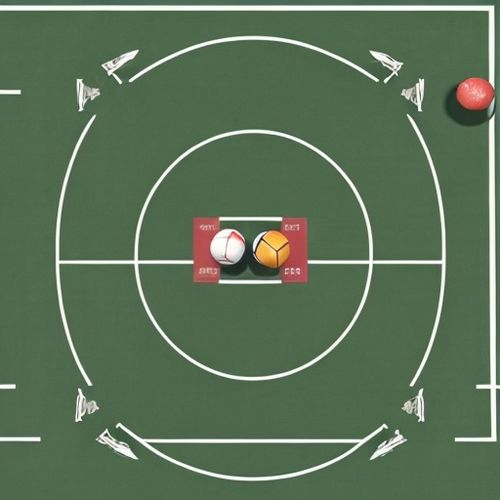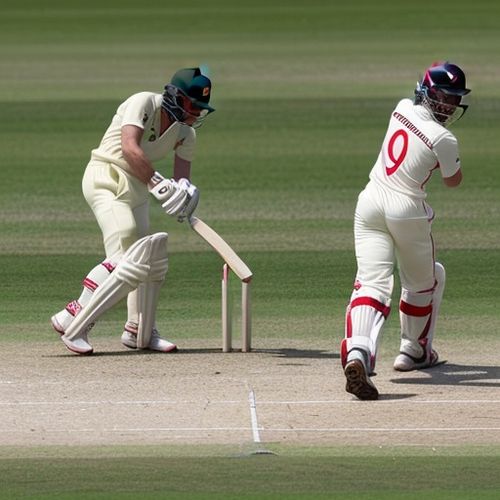The world of cricket is rich with nuances, and one of the most intriguing yet often overlooked aspects is the difference between the red and white balls used in the sport. While both are designed for the same game, their construction, particularly the stitching, reveals subtle but significant variations that impact gameplay. These differences stem from historical traditions, playing conditions, and the evolving demands of modern cricket.
The red cricket ball has been the traditional choice for Test matches and first-class cricket since the sport's inception. Its deep crimson hue is iconic, but the stitching is what sets it apart. The seams on a red ball are typically more pronounced, with six rows of hand-stitched thread creating a raised ridge. This prominent seam allows bowlers, especially seamers, to grip the ball better and generate more movement off the pitch. The leather used for red balls is also dyed thoroughly, which helps maintain visibility over long innings despite wear and tear.
In contrast, the white cricket ball was introduced primarily for limited-overs formats, where visibility under floodlights became a necessity. The stitching on white balls tends to be flatter and less prominent compared to their red counterparts. Manufacturers often use a different type of thread or bonding technique to ensure the seam doesn’t stand out as much. This design choice caters to the faster-paced nature of One-Day Internationals (ODIs) and Twenty20 (T20) matches, where excessive seam movement might skew the balance too far in favor of bowlers.
Another critical distinction lies in how the two balls behave over time. The red ball’s pronounced seam tends to hold its shape longer, allowing it to remain effective for swing and seam bowling even after 30-40 overs. The white ball, however, is known to lose its shine and seam definition quicker, often becoming softer and harder to grip as the innings progress. This is partly why many bowlers struggle to generate late swing with a white ball in the death overs of a limited-overs match.
Weather and pitch conditions further exaggerate the differences between the two balls. The red ball’s durability makes it better suited for longer formats played on abrasive surfaces, where the seam can deteriorate but still offer some assistance to bowlers. The white ball, on the other hand, is more susceptible to discoloration and wear when used on dusty or grassy pitches, which is why it’s often replaced midway through an innings in ODIs.
The debate over which ball is superior is ongoing. Purists argue that the red ball’s pronounced seam and traditional feel make it the true embodiment of cricket’s challenges. Meanwhile, advocates for the white ball highlight its role in modernizing the game, making it more viewer-friendly and dynamic. Regardless of preference, understanding these differences enriches one’s appreciation for the sport’s intricacies.
As cricket continues to evolve, so too might the design and construction of these balls. Innovations in materials and stitching techniques could further bridge—or widen—the gap between red and white balls. For now, though, their distinct characteristics remain a testament to cricket’s ability to honor tradition while embracing change.

By Elizabeth Taylor/May 9, 2025

By David Anderson/May 9, 2025

By Amanda Phillips/May 9, 2025

By Victoria Gonzalez/May 9, 2025

By Rebecca Stewart/May 9, 2025

By Michael Brown/May 9, 2025

By William Miller/May 9, 2025

By James Moore/May 9, 2025

By Christopher Harris/May 9, 2025

By George Bailey/May 9, 2025

By John Smith/May 9, 2025

By John Smith/May 9, 2025

By Samuel Cooper/May 9, 2025

By Christopher Harris/May 9, 2025

By Megan Clark/May 9, 2025

By Victoria Gonzalez/May 9, 2025

By William Miller/May 9, 2025

By Natalie Campbell/May 9, 2025

By Megan Clark/May 9, 2025

By Michael Brown/May 9, 2025